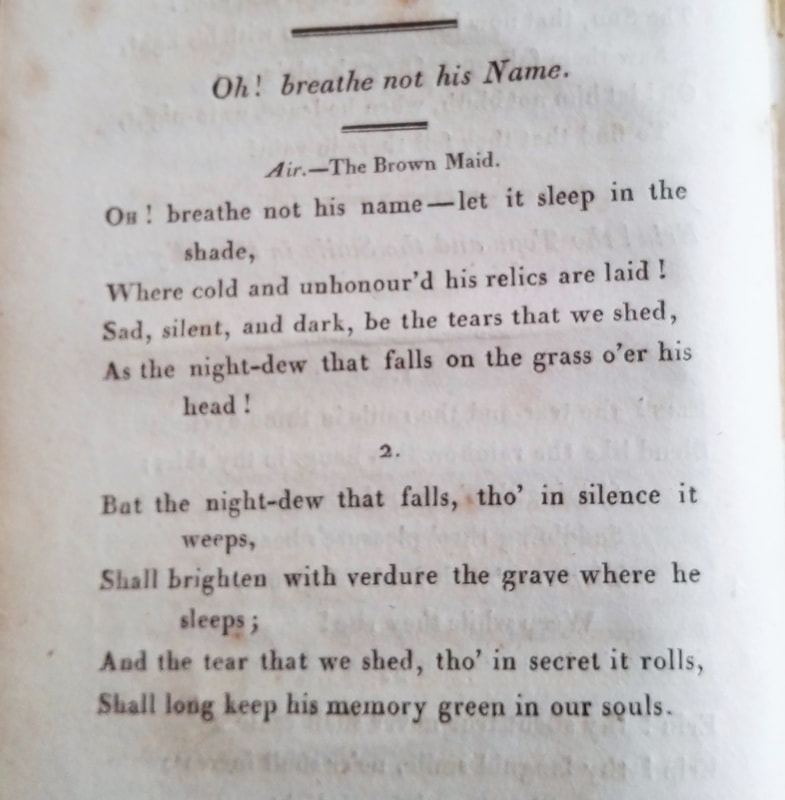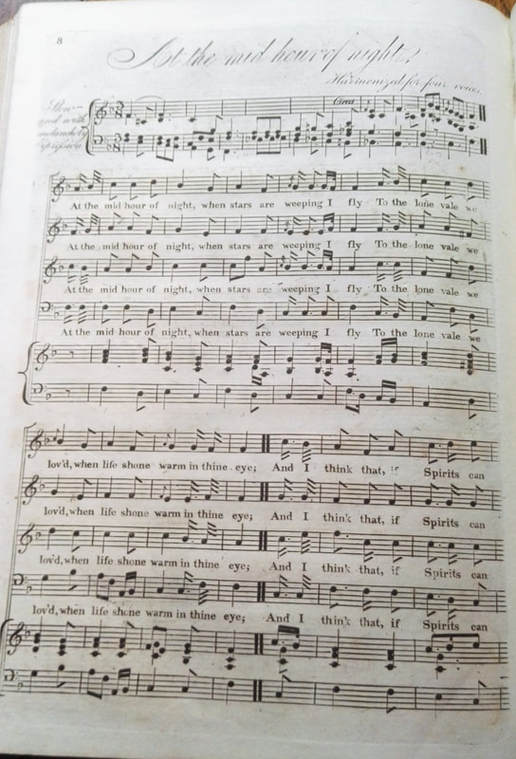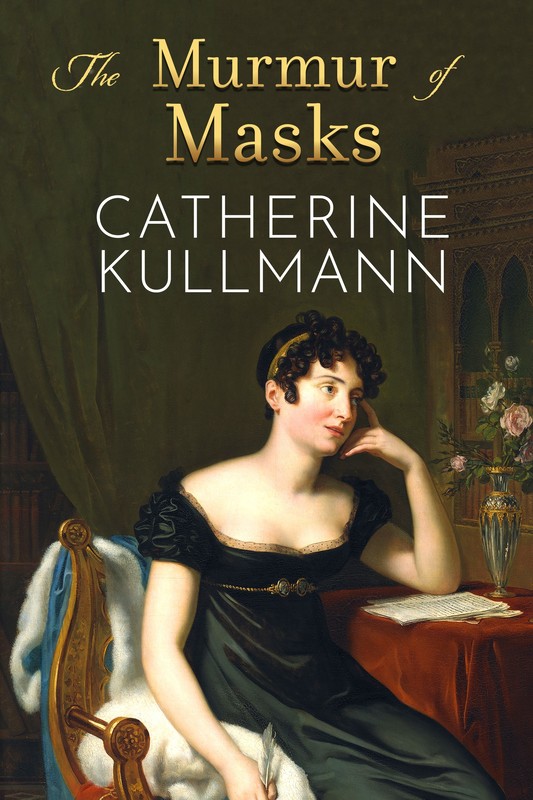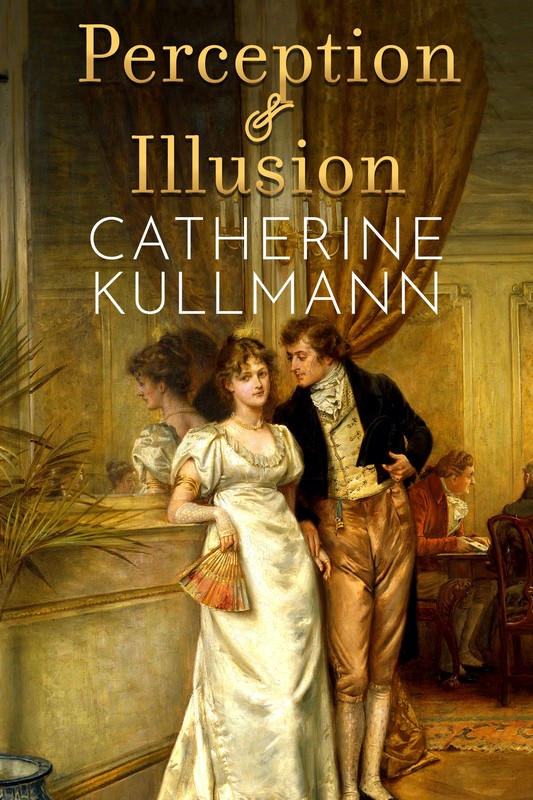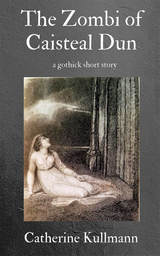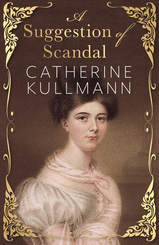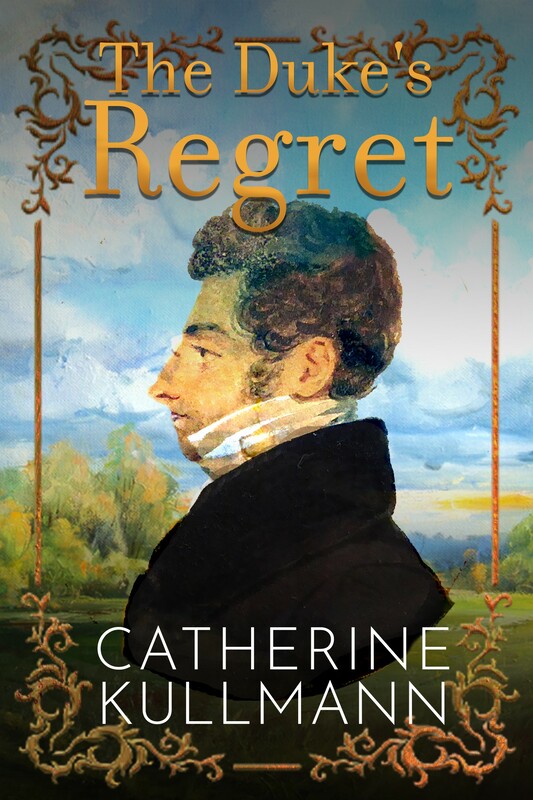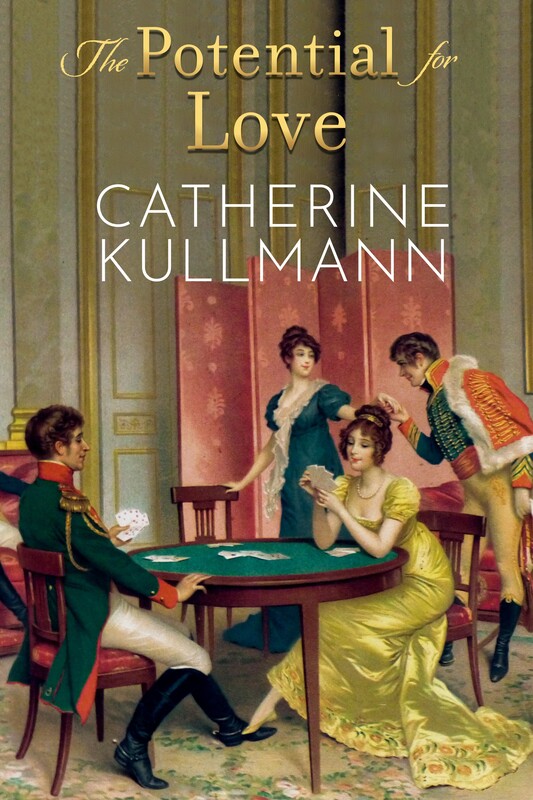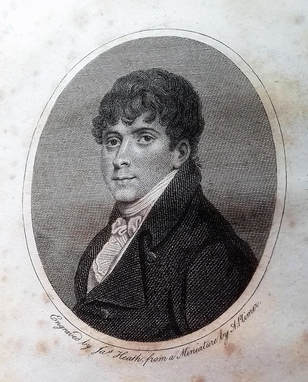
The Last Rose of Summer, The Harp that once thro’ Tara’s Halls, Let Erin Remember the Days of old, Believe me if all those endearing young Charms, Love’s young Dream, At the mid-Hour of Night, Dear Harp of my Country--the list goes on and on. Some of these songs may be familiar from sessions in an Irish pub, from film soundtracks, from school choir, early music lessons or from old recordings of parlour music but two hundred years ago Moore's Irish Melodies were heard in every Regency drawing-room and parlour.
Thomas Moore was born in Dublin in 1779, the eldest of eight children of John and Anastasia Moore. As a Roman Catholic, the professions were barred to John who in 1779 opened a Tea, Wine, Spirit and Grocery Warehouse at 12 Aungier Street. Penal Law restrictions notwithstanding, young Thomas was sent to Samuel Whyte’s English Grammar School in Grafton Street where he shone as a public speaker and reciter. The Roman Catholic Relief Act (Ireland) of 1793 opened the doors of Trinity College Dublin to him and, having hastily learnt Latin, he began his studies there in January 1795. However, the decision of the College authorities to reserve fellowships and scholarships for members of the Established [Anglican] Church deprived him in 1797 of a scholarship worth £60 or £70 a year (£6000 to £7000 today).
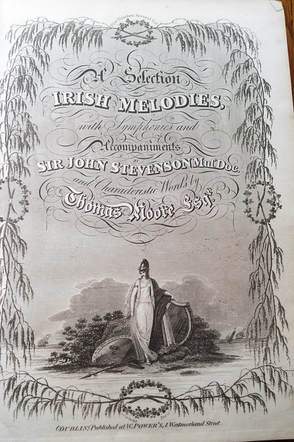
Unrest was brewing in Ireland. Moore, who was sympathetic to the cause of the United Irishmen, was confined with Illness when rebellion broke out in 1798. Following its suppression, he left Dublin for London to study for the bar, an ambition that was soon abandoned in favour of poetry and society. In 1800, he published his translation of the Odes of Anacreon, dedicating it by permission to the Prince of Wales. It was an immediate hit and within a month the poet had been introduced to the Prince himself. From now on, he was frequently referred to as Anacreon Moore.
The publication of the first volume of Irish Melodies in 1807 set the seal on his success, giving him a position in society similar to that of today’s rock stars. The poet, who already moved in the highest circles, was lionised now as an after-dinner performer in the most exclusive drawing-rooms, as contemporary reports tell us. When he commenced, every breath was almost hushed, lest a note should be lost. (Eliza Rennie). He appears to have had the knack of seeming to improvise his accompaniment, creating an extraordinary intimacy and bond with his listeners. His delivery of the words rich and delicious……..his fingers seemed accidentally to drop on the keys, producing a simple harmony just sufficient to support the voice. (William Gardiner). According to another commentator, the American N P Willis, the sentiment of the song goes through your blood, warming you to the very eyelids, and starting your tears, if you have soul or sense in you.
And this was no fly-by-night success. On 20th June, 1831,Thomas Creevey wrote to Miss Ord, Yesterday I dined in Portland Place and went in the evening to Downing Street [official home of the Prime Minister, Lord Grey], where I found Tommy Moore at the pianoforte, playing and singing his own melodies; and very much delighted I was with his performance.
The publication of the first volume of Irish Melodies in 1807 set the seal on his success, giving him a position in society similar to that of today’s rock stars. The poet, who already moved in the highest circles, was lionised now as an after-dinner performer in the most exclusive drawing-rooms, as contemporary reports tell us. When he commenced, every breath was almost hushed, lest a note should be lost. (Eliza Rennie). He appears to have had the knack of seeming to improvise his accompaniment, creating an extraordinary intimacy and bond with his listeners. His delivery of the words rich and delicious……..his fingers seemed accidentally to drop on the keys, producing a simple harmony just sufficient to support the voice. (William Gardiner). According to another commentator, the American N P Willis, the sentiment of the song goes through your blood, warming you to the very eyelids, and starting your tears, if you have soul or sense in you.
And this was no fly-by-night success. On 20th June, 1831,Thomas Creevey wrote to Miss Ord, Yesterday I dined in Portland Place and went in the evening to Downing Street [official home of the Prime Minister, Lord Grey], where I found Tommy Moore at the pianoforte, playing and singing his own melodies; and very much delighted I was with his performance.
The lyrics, extolling, as they did, the old Gaelic traditions of Ireland, did not meet with overall approval. In his prefatory letter to Volume III of the Melodies, Moore wrote, It has been said that the tendency of this publication is mischievous, and that I have chosen these airs but as a vehicle of dangerous politics……To those who identify nationality with treason, and who see, in every effort for Ireland, a system of hostility towards England—to those, too, who nursed in the gloom of prejudice, are alarmed by the faintest gleam of liberality that threatens to disturb their darkness…….To such men I shall not deign to apologize for the warmth of any political sentiment, which may occur in these pages.
But not even the secret, subversive allusions in Oh! Breathe not his Name to Moore's fellow-student at Trinity, Robert Emmet who was hanged (and beheaded once dead) in 1803 following his ill-fated rebellion, or to Emmet’s beloved, Sarah Curran in She is far from the Land where her young Hero sleeps, could diminish Moore’s popularity.
But not even the secret, subversive allusions in Oh! Breathe not his Name to Moore's fellow-student at Trinity, Robert Emmet who was hanged (and beheaded once dead) in 1803 following his ill-fated rebellion, or to Emmet’s beloved, Sarah Curran in She is far from the Land where her young Hero sleeps, could diminish Moore’s popularity.
While not everyone could have the pleasure of experiencing Moore live, the Melodies, words and music, were easily if not cheaply purchased in both solo and multi-part settings. They were found to be admirably suited to amateur performers and were a welcome addition to the repertoire of the Regency’s young ladies as described in my novel, A Suggestion of Scandal.
Chloe, Ann and Cynthia were gathered around the pianoforte, comparing music and trying snatches of melody. Once the gentlemen had arrived, Cynthia took her seat at the harp and they embarked on a selection of Mr Moore’s Irish melodies, at times singing together, at times each one taking a solo verse. Their voices blended charmingly and, when they finished with a poignant yet defiant rendition of The Minstrel Boy there was heartfelt applause and congratulations.
There are hundreds if not thousands of versions of Moore’s songs on YouTube. I have selected two which to me best convey his original intention.
If you overlook the orchestra and the uileann pipes, there is a charm and simplicity about this performance of The Last Rose of Summer by a young Charlotte Church that seems to reach back to those Regency drawing-rooms
You will find many bombastic, martial renditions of The Minstrel Boy but this a capella version, sung by 0’Brien (Colm Meaney) in the episode The Wounded of Star Trek—The Next Generation is my favourite.
Chloe, Ann and Cynthia were gathered around the pianoforte, comparing music and trying snatches of melody. Once the gentlemen had arrived, Cynthia took her seat at the harp and they embarked on a selection of Mr Moore’s Irish melodies, at times singing together, at times each one taking a solo verse. Their voices blended charmingly and, when they finished with a poignant yet defiant rendition of The Minstrel Boy there was heartfelt applause and congratulations.
There are hundreds if not thousands of versions of Moore’s songs on YouTube. I have selected two which to me best convey his original intention.
If you overlook the orchestra and the uileann pipes, there is a charm and simplicity about this performance of The Last Rose of Summer by a young Charlotte Church that seems to reach back to those Regency drawing-rooms
You will find many bombastic, martial renditions of The Minstrel Boy but this a capella version, sung by 0’Brien (Colm Meaney) in the episode The Wounded of Star Trek—The Next Generation is my favourite.
If you would like to learn more about Thomas Moore, I refer you to Ronan Kelly’s excellent biography Bard of Erin, Penguin Ireland, 2008.
The Melodies were published in ten volumes between 1807 and 1837. The portrait of Thomas Moore and text of Oh! Breathe not his Name are from the 1819 five volume set of his works published in Paris by Galignani in 1819 which includes the lyrics of volumes 1 to VII of the Melodies. The Melodies with their settings were published in foolscap size scores by W Power's Music Warehouse, Westmoreland Street, Dublin and J Power's Music and Instrument Warehouse, 34 Strand, London. The early volumes were luxury items, priced at 15 shillings each (around £47 today).
Thank you for visiting my web-site. If you would like to be know more about my books and writing, you can sign up to receive my quarterly newsletter on my home page.
The Melodies were published in ten volumes between 1807 and 1837. The portrait of Thomas Moore and text of Oh! Breathe not his Name are from the 1819 five volume set of his works published in Paris by Galignani in 1819 which includes the lyrics of volumes 1 to VII of the Melodies. The Melodies with their settings were published in foolscap size scores by W Power's Music Warehouse, Westmoreland Street, Dublin and J Power's Music and Instrument Warehouse, 34 Strand, London. The early volumes were luxury items, priced at 15 shillings each (around £47 today).
Thank you for visiting my web-site. If you would like to be know more about my books and writing, you can sign up to receive my quarterly newsletter on my home page.
